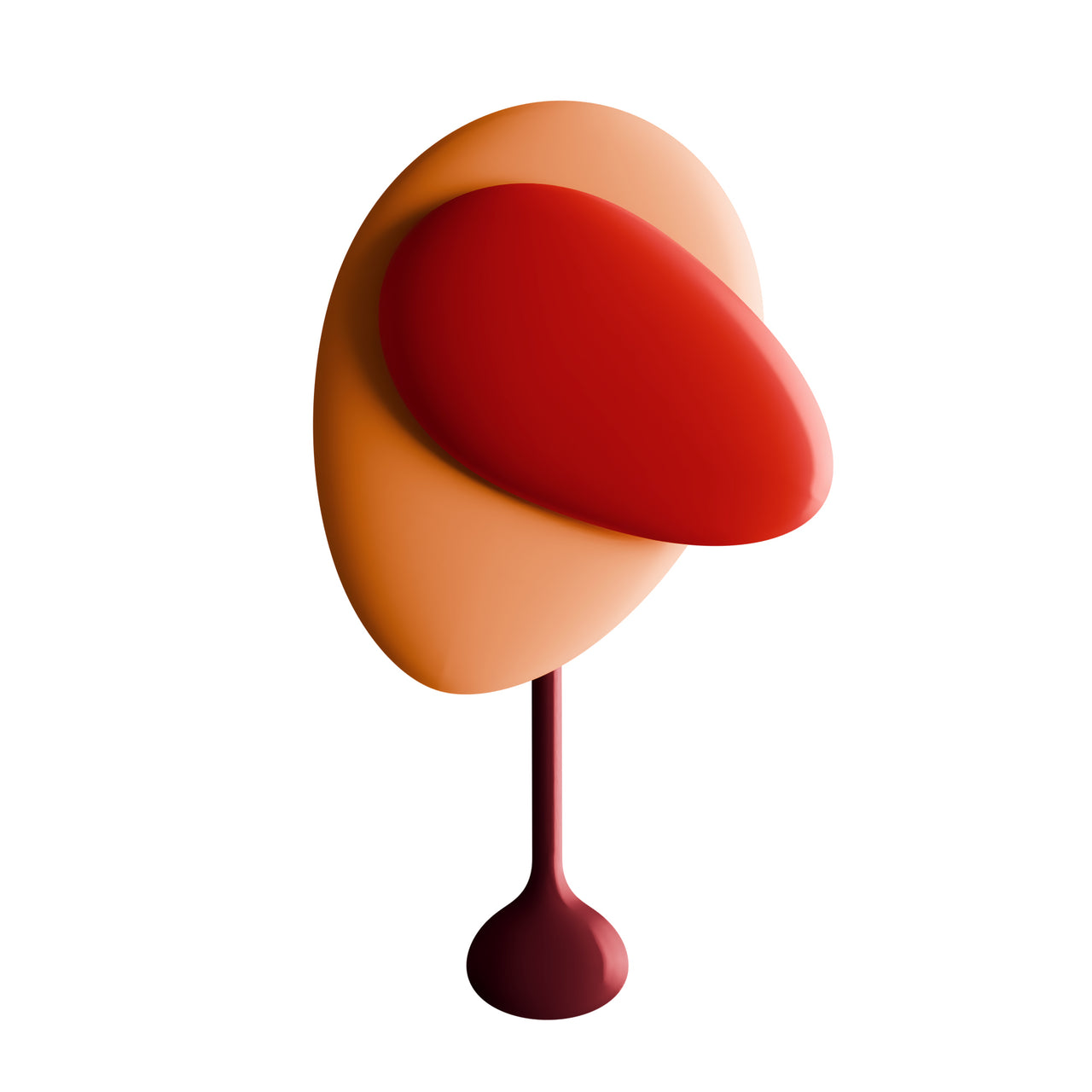
New
Free Shipping (over 999 kr*)
19.02.2025
Each month, we spotlight the creative minds behind Design House Stockholm, offering a glimpse into the ideas and inspiration that shape our brand and collection — from the first spark of imagination to the creation itself.
Joe Parr is an industrial designer based in Chicago, USA who works with industry partners to develop products in furniture, lighting, consumer goods, and technology. He believes design is best practiced with a holistic perspective and applies his own uniquely thoughtful approach to create meaningful objects. Inspired by his interest in psychology, his process is informed by intimate observations of the human condition and culture. Through a balance of artistry and engineering, he helps clients distill complex problems into insightful, purposeful solutions. Employing technical expertise and hands-on experimentation, he works closely with manufacturing throughout the process to deliver innovations. Everything he designs is in service of the most beautiful, lasting experience for both client and consumer.
He's previously worked in the design studios of Herman Miller, Steelcase, and Industrial Facility in London. He later earned his MFA in Design from Cranbrook Academy of Art and was recognized with the Florence Knoll Award for his work. Since defining his practice in 2020, he was featured in Wallpaper* Magazine as an emerging 'Next Generation' designer. He also teaches design as an adjunct professor at Kendall College of Art and Design.

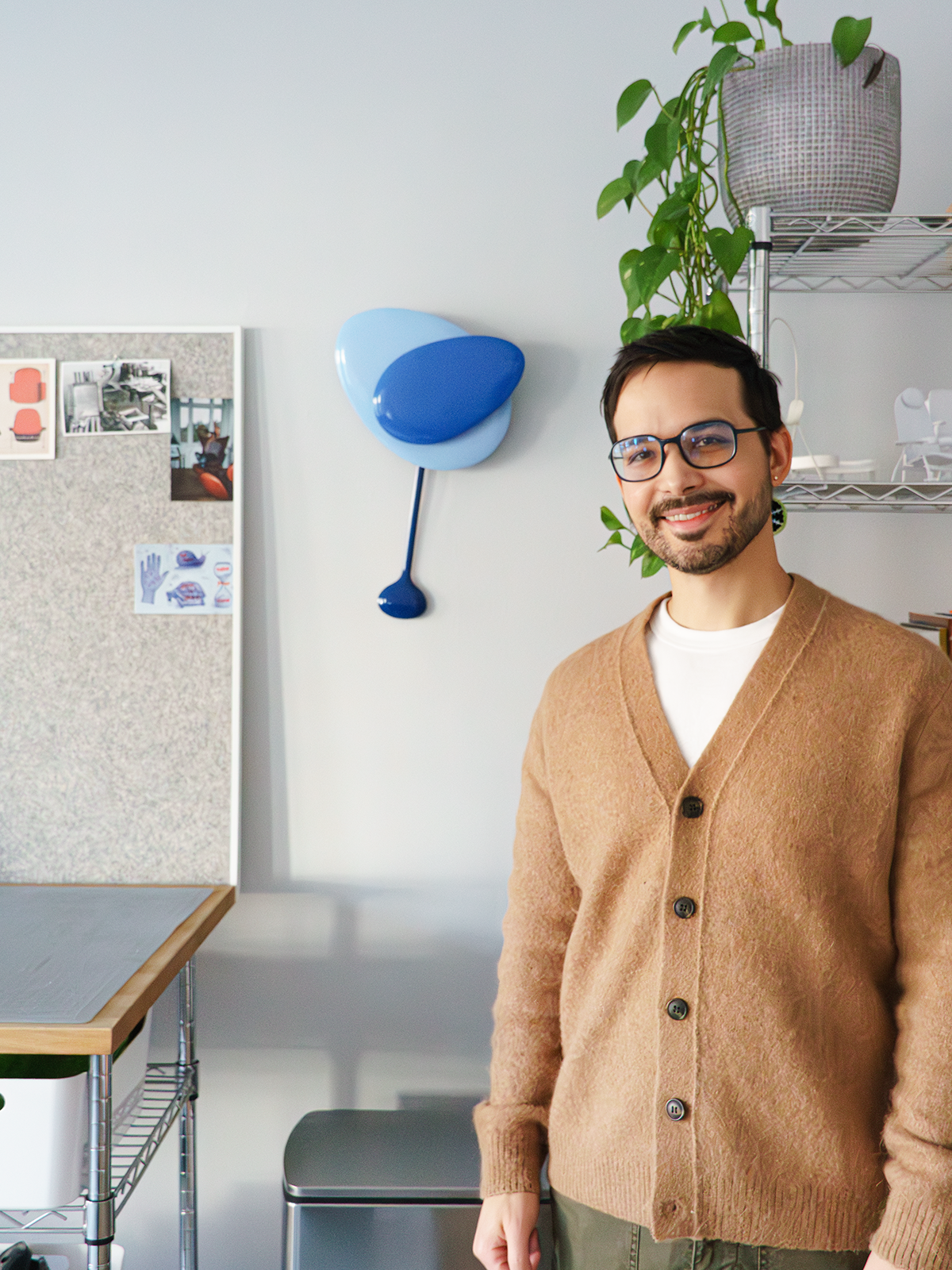
What inspired you to become a product designer, and how did you get started in the field?
I have always been fascinated by the future. When I was younger, I loved to get lost reading science fiction and dream what those worlds must have looked like. In school, I used to ride my bike by the art museum and I would look in the windows of the gift shop. They had many examples of mid-century modern furniture designed by famous American designers, like the Eames. Every time I rode by I would spend longer and longer looking in the windows, soaking in the beautiful forms that seemed to embody the future I wanted to help create. This inspired me to pursue design, and I eventually followed the Eames to Herman Miller where I worked early in my career.
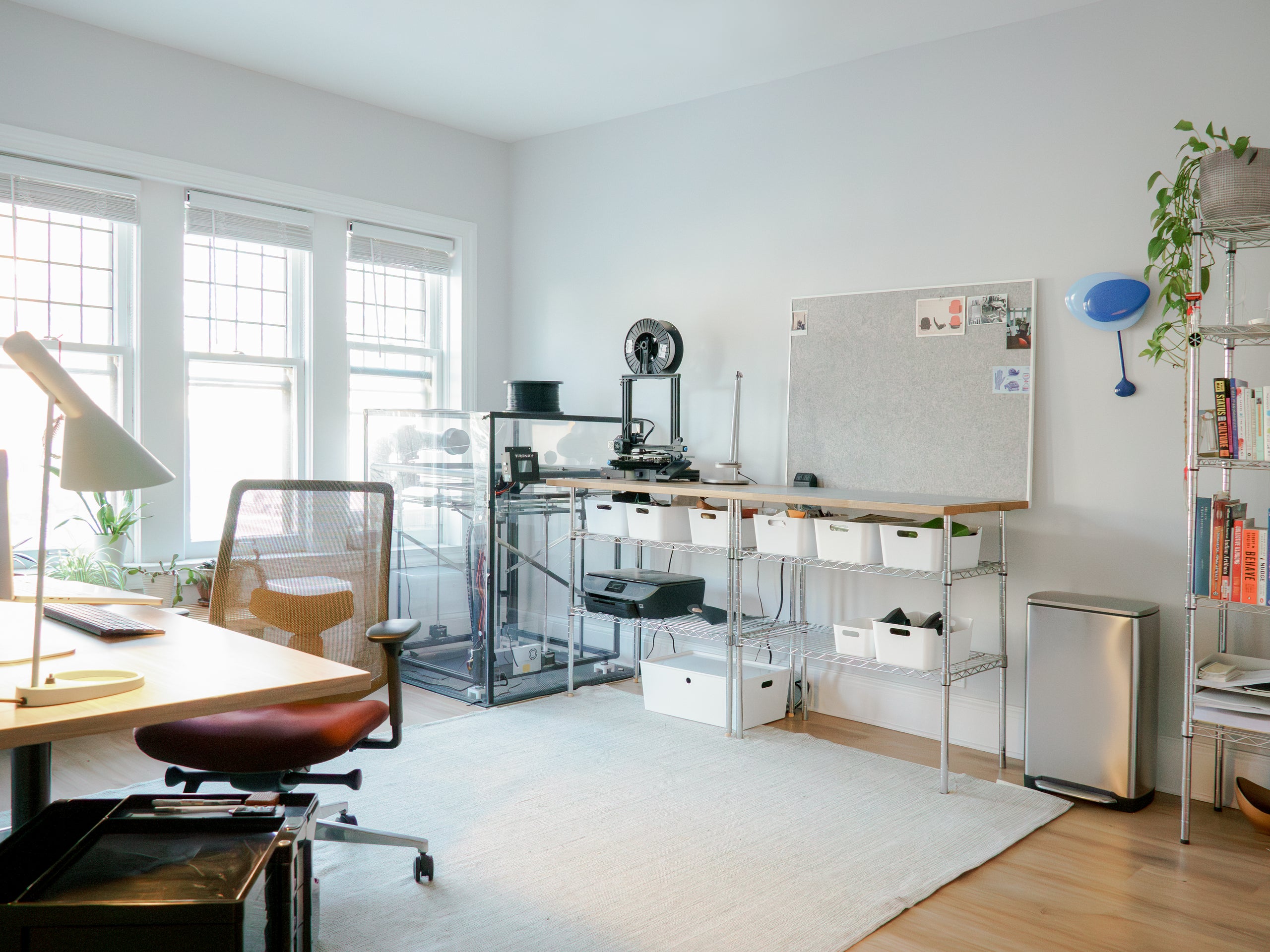
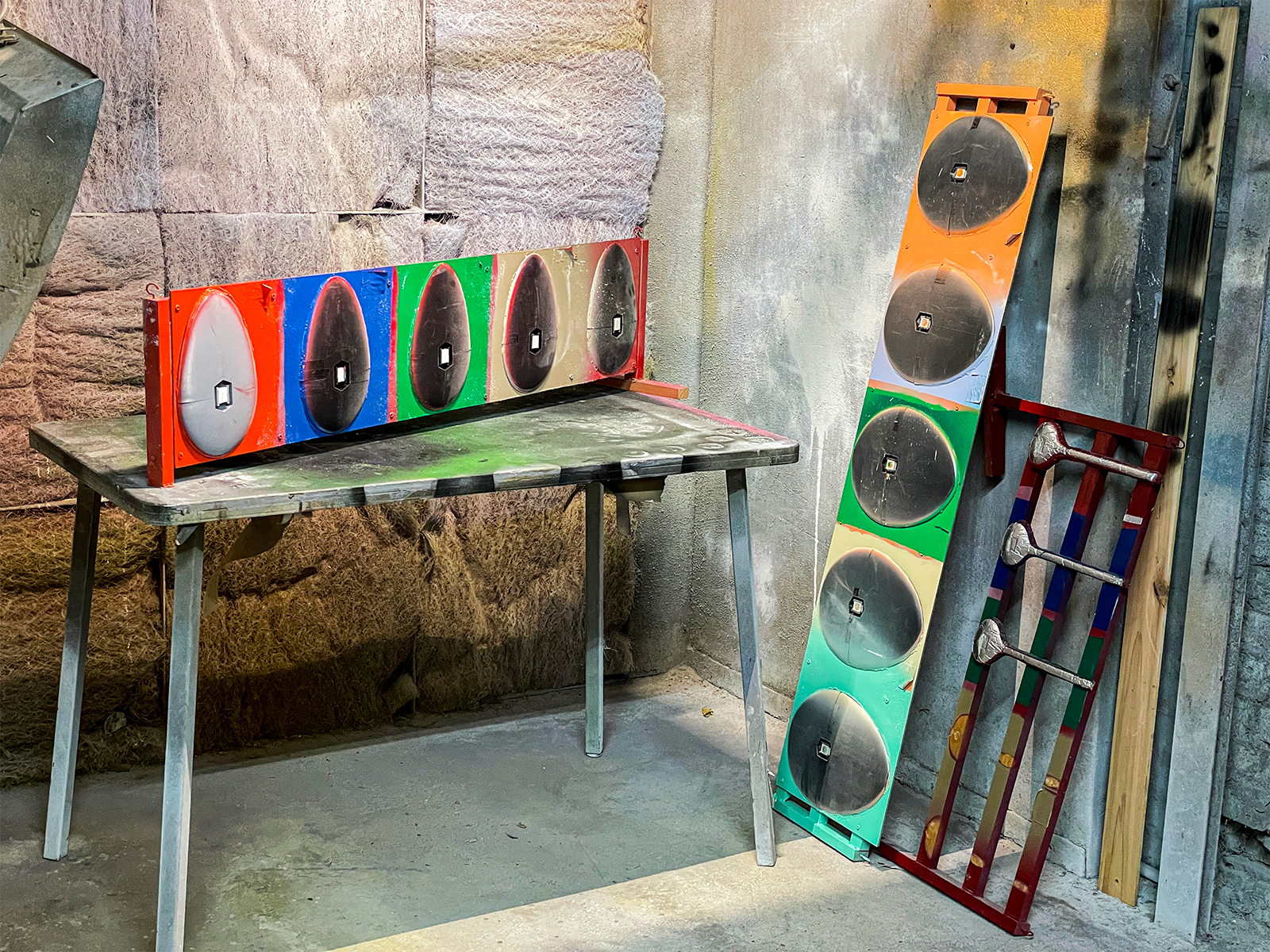
Can you walk us through your typical design process from initial concept to final product?
I believe great design always begins with a strong concept that defines its 'reason for being'. Finding this path is so important, because without it you can easily wander endlessly. My process is slowly shaping constraints around that idea until the right decisions feel so obvious designing becomes almost effortless. No matter what I'm doing during the design process: sketching, prototyping, or meeting with clients, determining the right questions to ask is essential toward inspiring creativity.

New
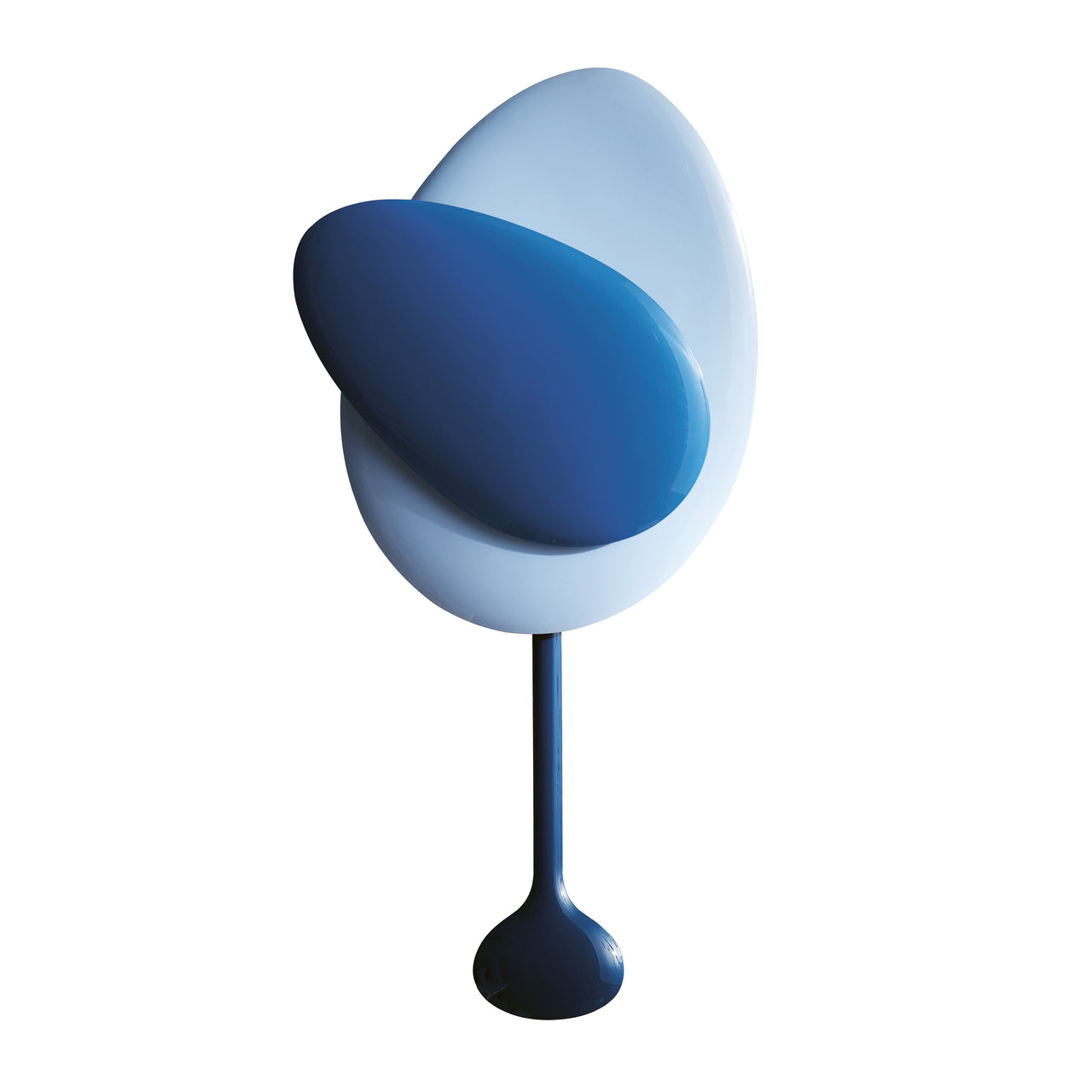
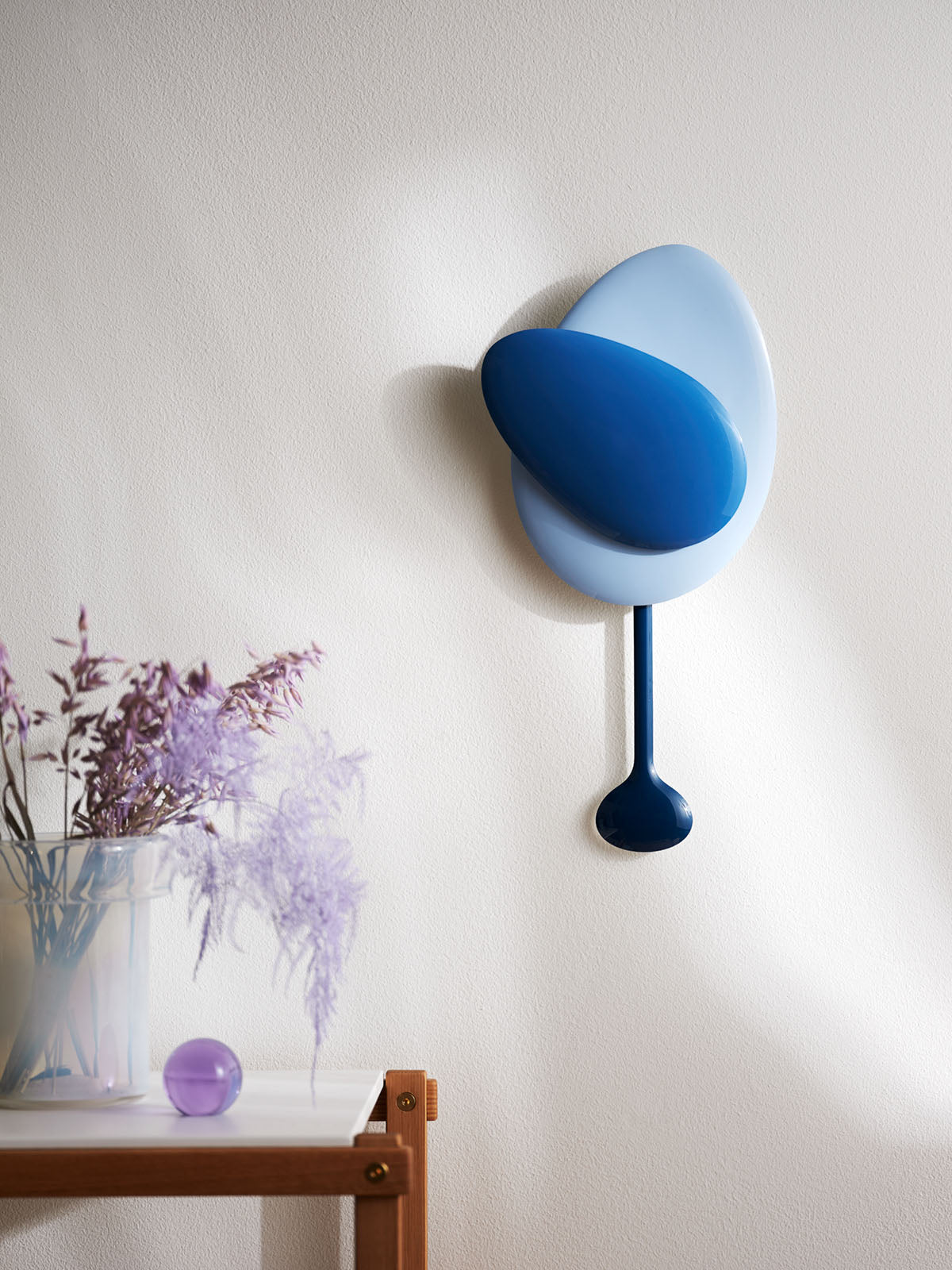
New

How do you balance aesthetics and functionality when designing a product?
I find that it's not a matter of balancing them, as it is understanding either of their purposes. When a product seems unbalanced, the purpose of its aesthetics or functionality is just out of place. It's easy to add too many functional features or express an aesthetic that distracts from the essential need of the people using it. That's why understanding purpose starts with understanding people, and when you understand the emotional or physical needs of people, product choices become clearer.
What are some of the biggest challenges you face during the design process, and how do you overcome them?
To truly bring a product to life, it requires an incredible collection of people working together in one mind. Communicating an idea that can survive a game of telephone as information passes to many others beyond you is a huge task. Tiny misunderstandings can translate into big problems, which is very difficult with technical products. It requires being patient, careful, and kind as everyone in the chain contributes.
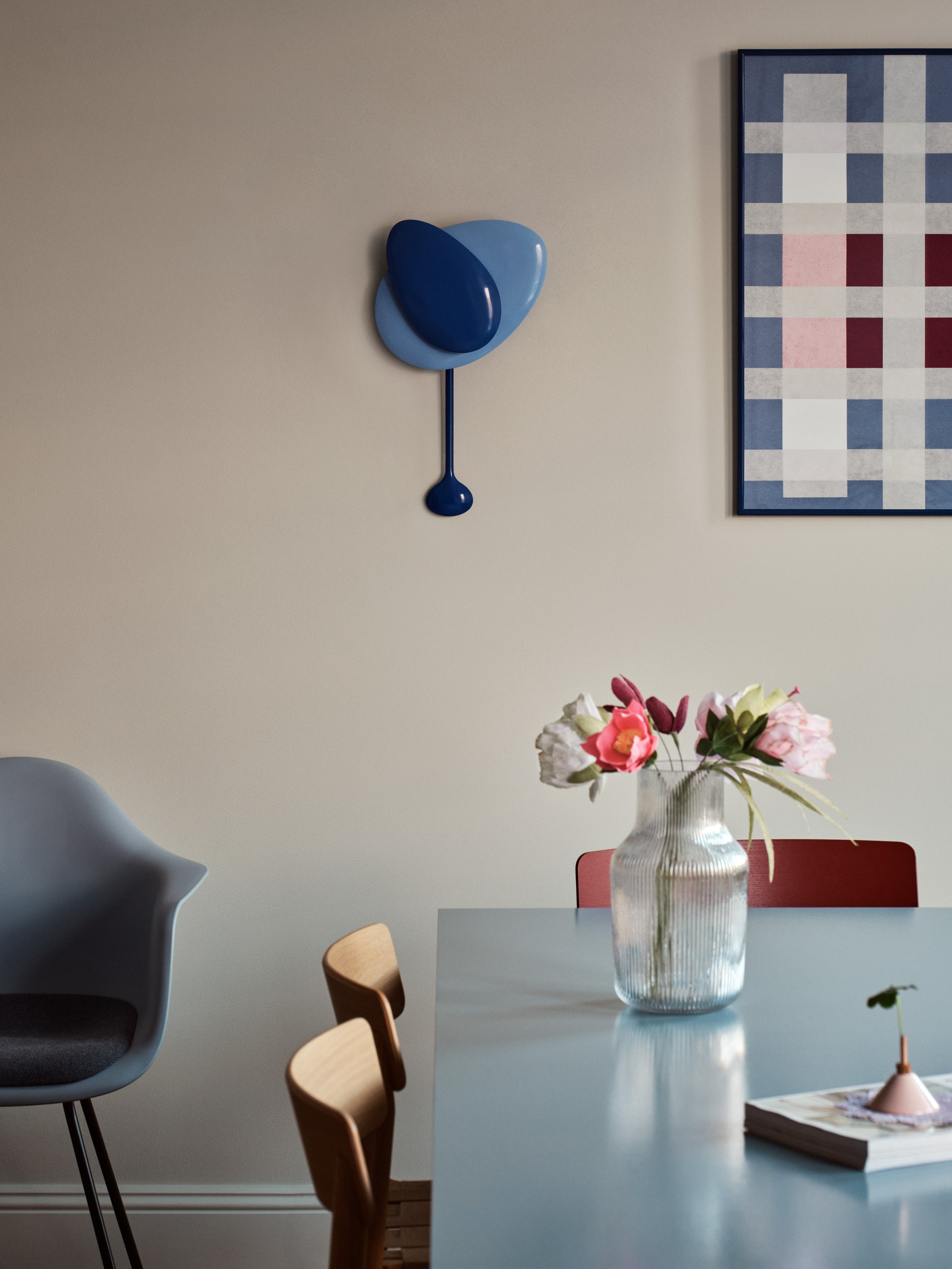

Which of your designs are you most proud of, and why?
I often find my most satisfying designs are the toughest nuts to crack. I don't know why I do it to myself, but inevitably I create simple designs that often involve very technical development. This happens any time you innovate or deviate from how a product is typically manufactured, but I can't imagine any other way to work. It can often feel like you've designed yourself into an impossible task, but when you find a path to achieve your vision, it's an incredible feeling. Invention is creating beauty through some impossible way, and I love it.
How do you stay current with design trends and innovations in the industry?
I often find myself on Instagram and blogs following other designers, artists, architects, and brands. Though media is useful to stay informed, it can also be creatively destructive. I find it more useful to go on my own path of discovery, not to find trends, but to get in touch with the source of what our time of humanity is feeling. To do this I go out of my way to meet people, travel, read books, and I take myself on 'artist dates' around the city looking for inspiration beyond design. Curiosity requires practice, and that keeps me more up to date than anything else.
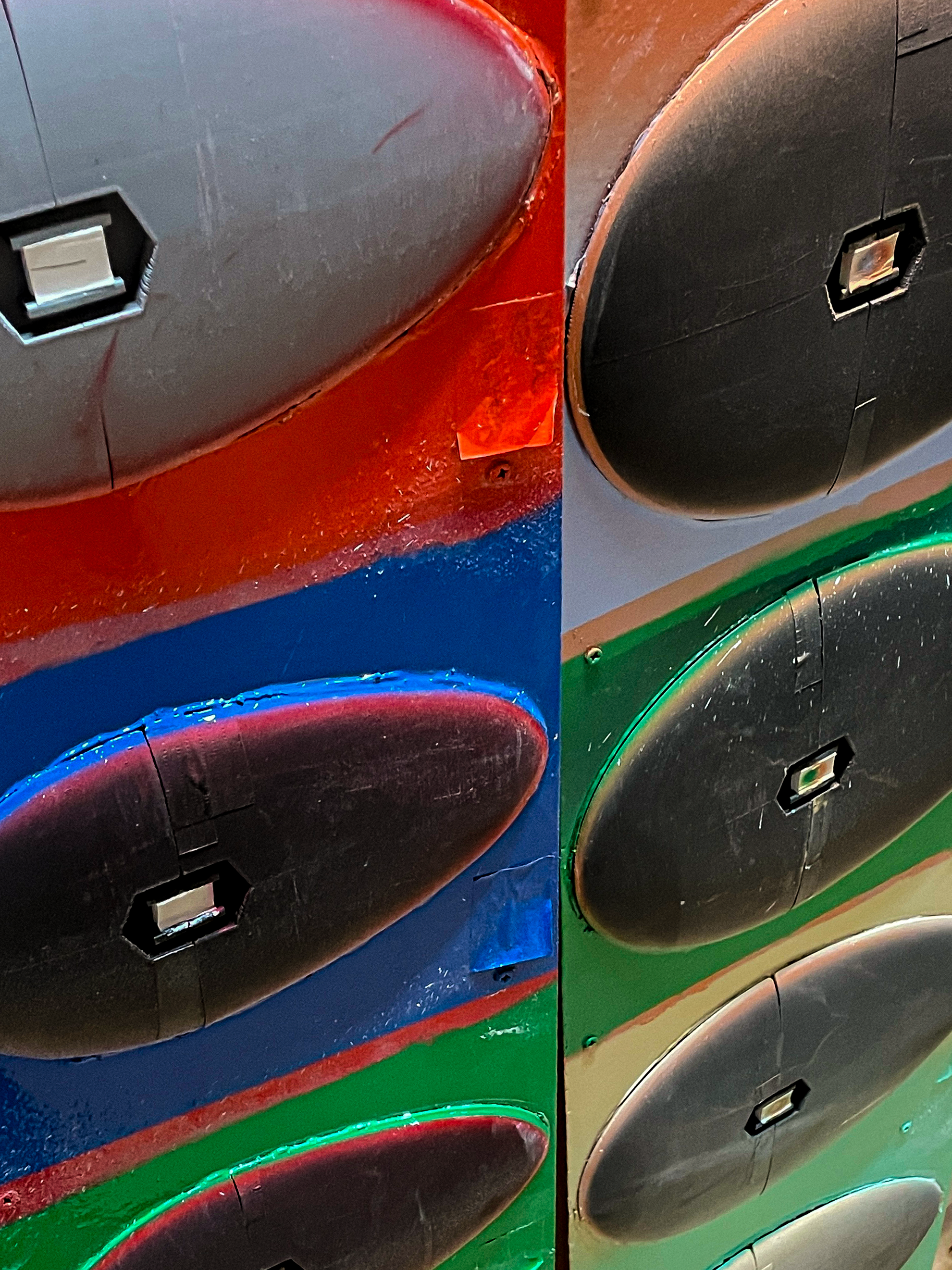
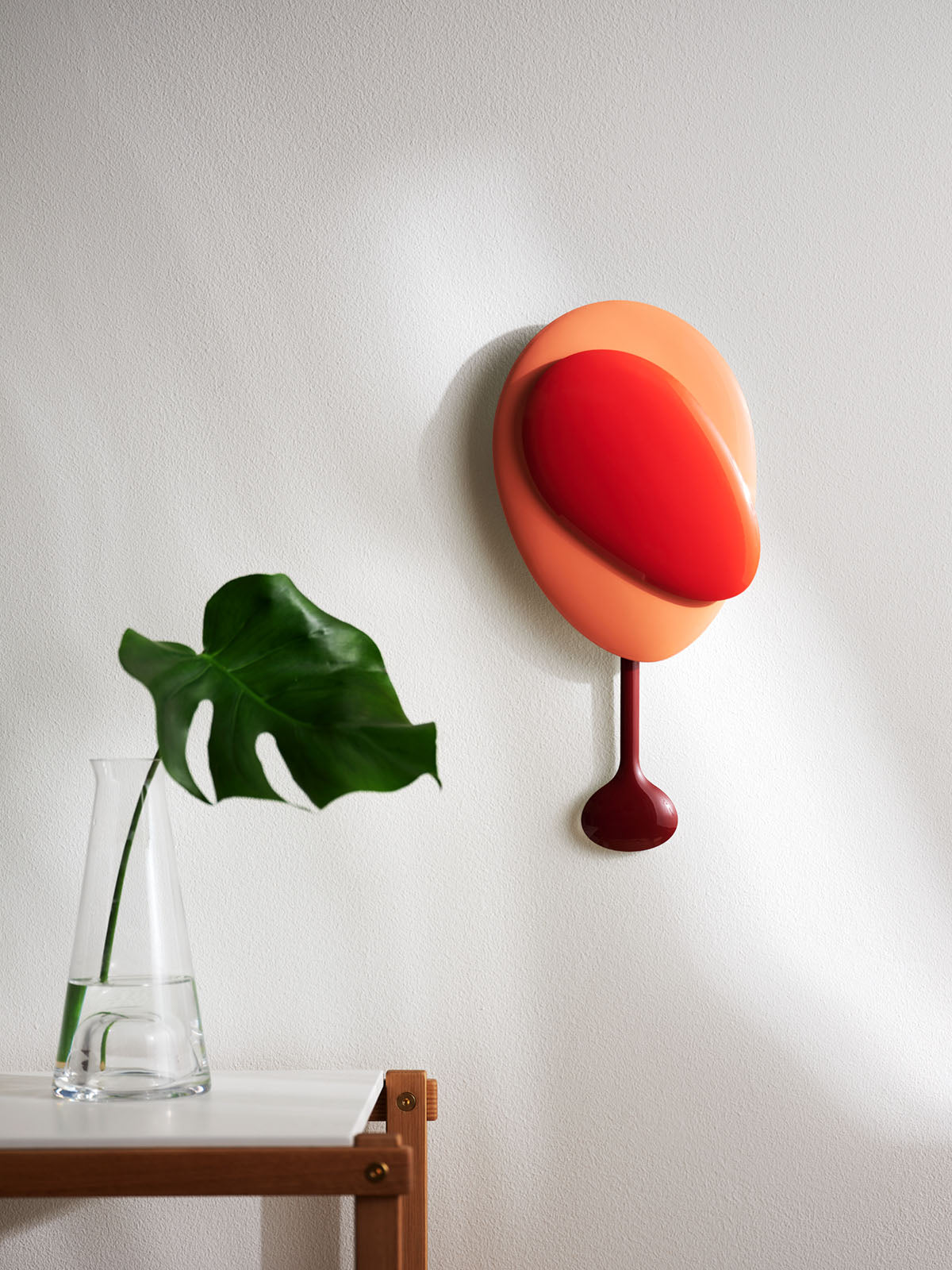
Can you share an example of a design that didn't go as planned and what you learned from the experience?
The process of discovery always yields surprises. The design in many ways is planning for the unexpected. Years ago I was designing a chair for a client. Early in the process we were evaluating both a simpler form and a more expressive version, which was favored. Since we had just been judging from renderings and small scale models, we prototyped both to evaluate. Once we saw them in full scale, it was obvious we had been wrong about the expressive form in the renderings and the simpler form was a more powerful statement. I learned how important it is for both myself and the client how necessary the full experience of a design is, and to create it as early in the process as you can manage.
What role does sustainability play in your design approach, and how do you incorporate eco-friendly practices into your work?
Sustainability has been a big challenge, because despite its necessity convincing stakeholders it's worth the time, cost, or extra effort can often be difficult. It requires clever tactics to transform a quality that may be a weakness and turn it into a strength. For example, a sustainable material may cost more, but its distinct qualities may justify a higher value or designing a product to have replaceable components can become a new business model. Design needs to be holistically involved in all areas, even beyond product development, to help facilitate the problems sustainable efforts face.
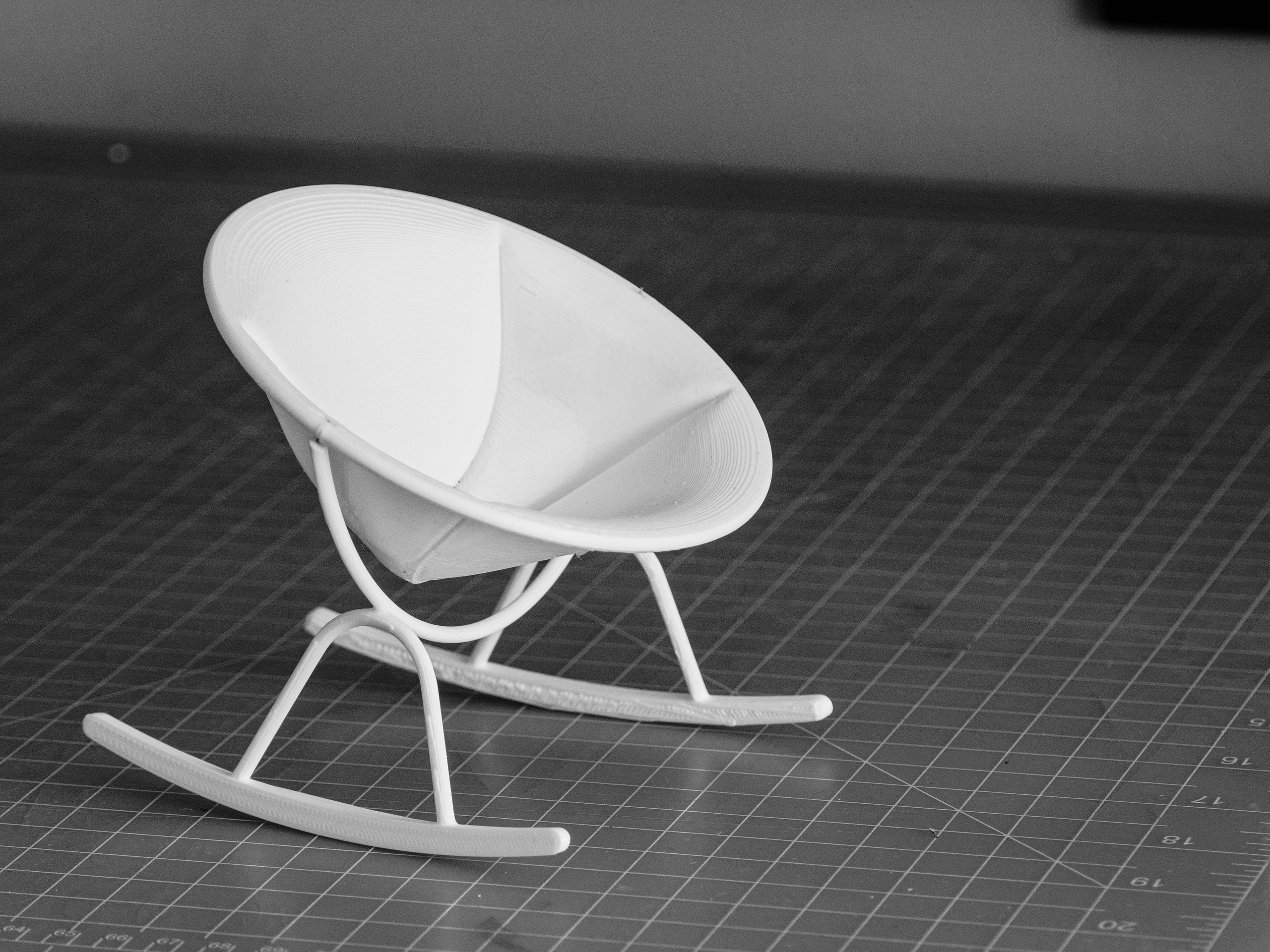
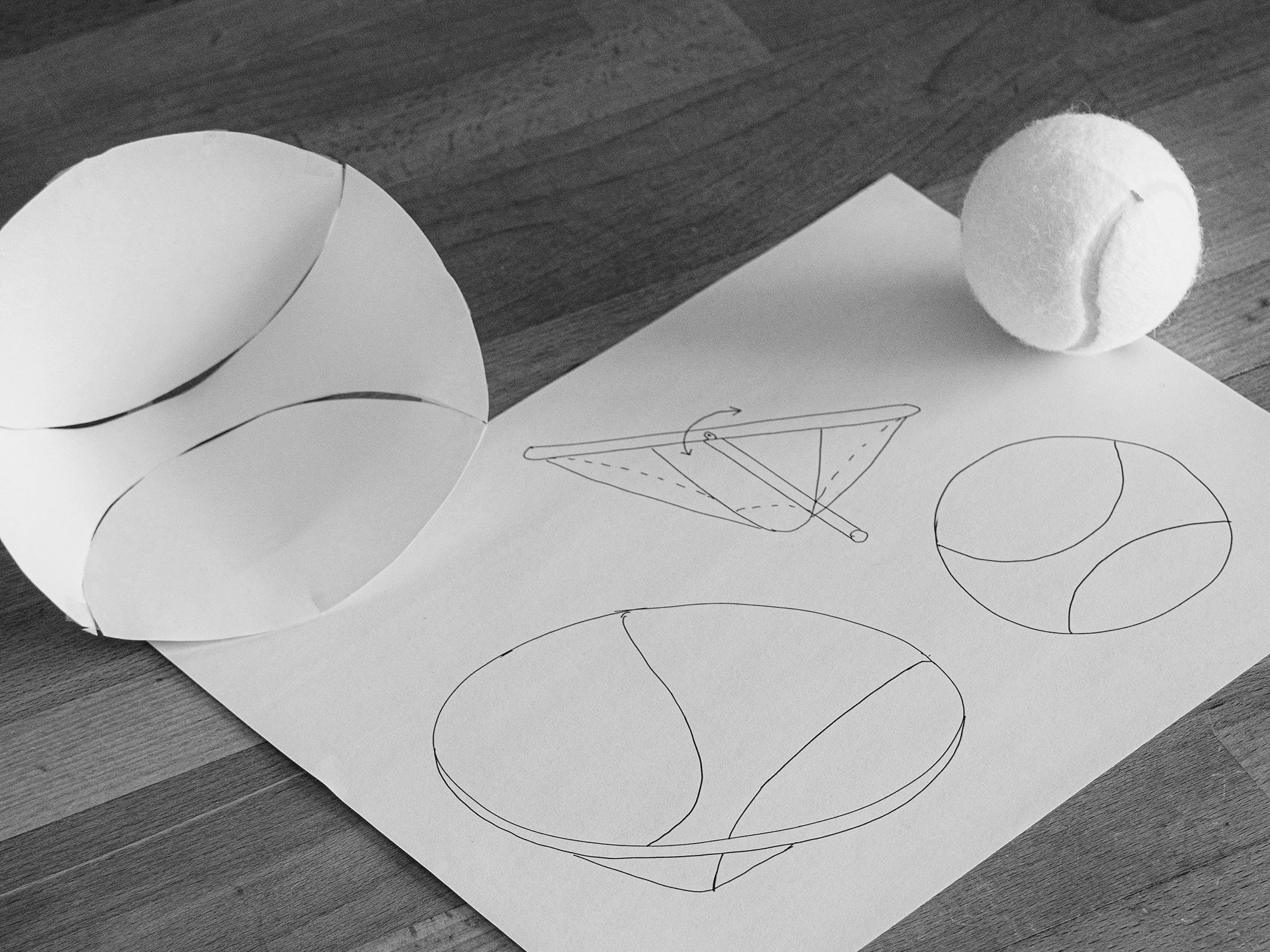
What has the collaboration with Design House Stockholm meant for you as a designer? Has this partnership influenced your creative process and professional growth in any way? Are there any specific memories or experiences from the design process with Design House Stockholm that stand out to you, whether it be a particular project, a moment of inspiration, or a challenge you overcame?
Collaborating with Design House Stockholm to bring the Mellow Clock to life has been such a fulfilling experience for me. I had been working on this clock's design for years, and it was one of the projects that inspired me to take the leap to become an independent designer. The process showed me I had things to say and I wanted to create more work like it. I want to push boundaries, but breaking the rules can lead to some surprising challenges. Design House Stockholm was very dedicated through the whole process, along with the work of some incredible product developers. They embraced the meaning the product represented and without committed producers like them pieces like the Mellow Clock wouldn't exist.
Photo: Joe Parr & Fredrik Sweger